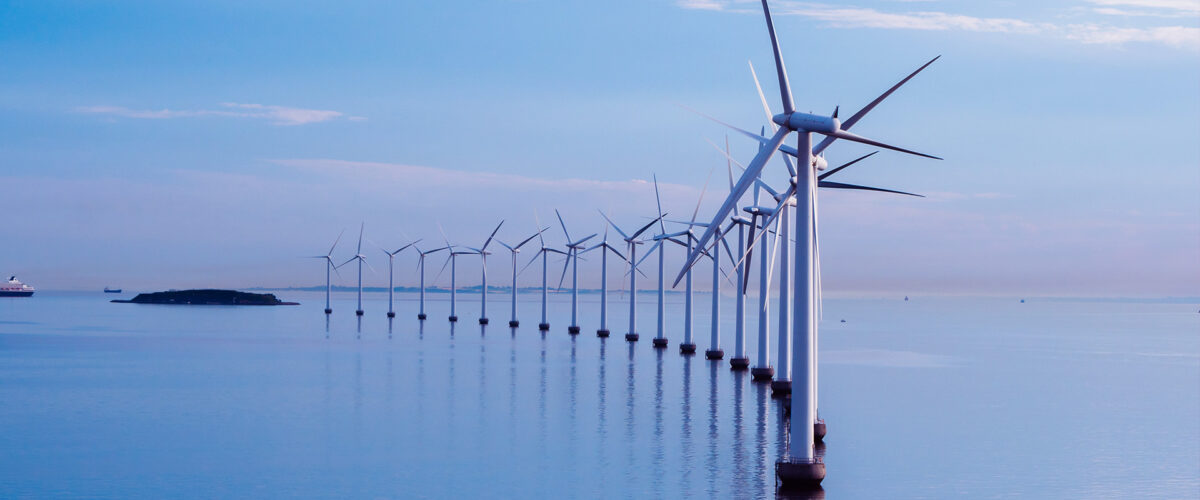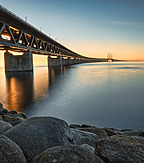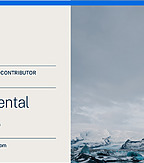Article | 17 May 2023
The Swedish Government Issues Two Overlapping Permits for Offshore Wind Farms

When issuing permits for two geographically overlapping offshore wind farms in the Swedish Exclusive Economic Zone (SEZ), the Swedish Government has partly rejected the permit application for one of the wind farms by excluding a sub-area from the permit for that wind farm.
On 15 May 2023, the Swedish Government granted Vattenfall Vindkraft AB (Vattenfall) and Galatea-Galene Vindpark AB (Galatea-Galene Vindpark) permits for the overlapping offshore wind farms Kattegatt Syd and Galatea-Galene in the Kattegat in SEZ. Vattenfall was granted a permit for up to 80 turbines within Kattegatt Syd. Galatea-Galene Vindpark was granted permit for up to 21 wind turbines within the Galene-area of Galatea-Galene but was rejected permit for the larger Galatea-area.
The Government states that an assessment must be made in accordance with Chapter 3, Section 1 of the Swedish Environmental Code (Sw. miljöbalken), which stipulates that water areas must be used for the purposes for which the areas are best suited in view of their nature and situation and of existing needs. Priority shall be given to use that promotes good management from the point of view of public interest.
The Government notes that there are small differences between the two projects in terms of environmental impact, suggested precautionary measures and strategy for project adaptations, and that the applications concern two socially important and good wind power projects with comparable expected electricity production. In addition, both projects have submitted applications for exploration of the seabed in preparation for installation of submarine cables. Finally, the Government notes that an agreement of intent has been signed with Svenska Kraftnät for Kattegatt Syd, while this has not been done for Galatea-Galene.
Considering the above, the Government notes that Kattegat Syd has progressed well as a project and considers that it – where there is an overlap – better than Galatea-Galene promotes long-term management of common resources. In light of this, the Government rejects permit for the Galatea-area of Galatea-Galene. The Government also argues that, as a permit is granted for Kattegat Syd, there should be good possibility to find solutions to make the project in the Galene-area economic viable.
The Government’s decision does not provide much guidance as to which circumstances were deciding in the outcome of the decision to give Kattegatt Syd priority as a project. However, it is clear that the Government sees itself capable of balancing interests and making priorities of the kind in question within the framework of the basic provisions concerning the management water areas in Chapter 3 of the Environmental Code. This without applying the provision in Chapter 16 of the Environmental Code, which regulates how competing applications for the same natural resource are to be handled (the provision is not directly applicable within SEZ).
In light of the new permit decisions, the report from the Government’s recently appointed inquiry to streamline the establishment of offshore wind power, expected in July 2024, has become even more interesting. The inquiry’s assignment includes analysing how exclusive right to establish offshore wind farms in SEZ can be regulated. It also includes analysing how the permit process for offshore wind farms can be regulated in one legal act, to achieve coordinated, modern, and efficient processing of wind power activities in SEZ. Pending the inquiry’s report and possible legislative amendments, the new permit show the need for wind farm permit applicants to provide arguments and documentation for assessing their project’s long-term management of common resources. What makes a project “the best” in this respect, where there is an overlap, is still very unclear.
This article is a general statement of informative nature and is not legal advice to form the basis for assessment in an individual case.
Contact:
Practice areas:


